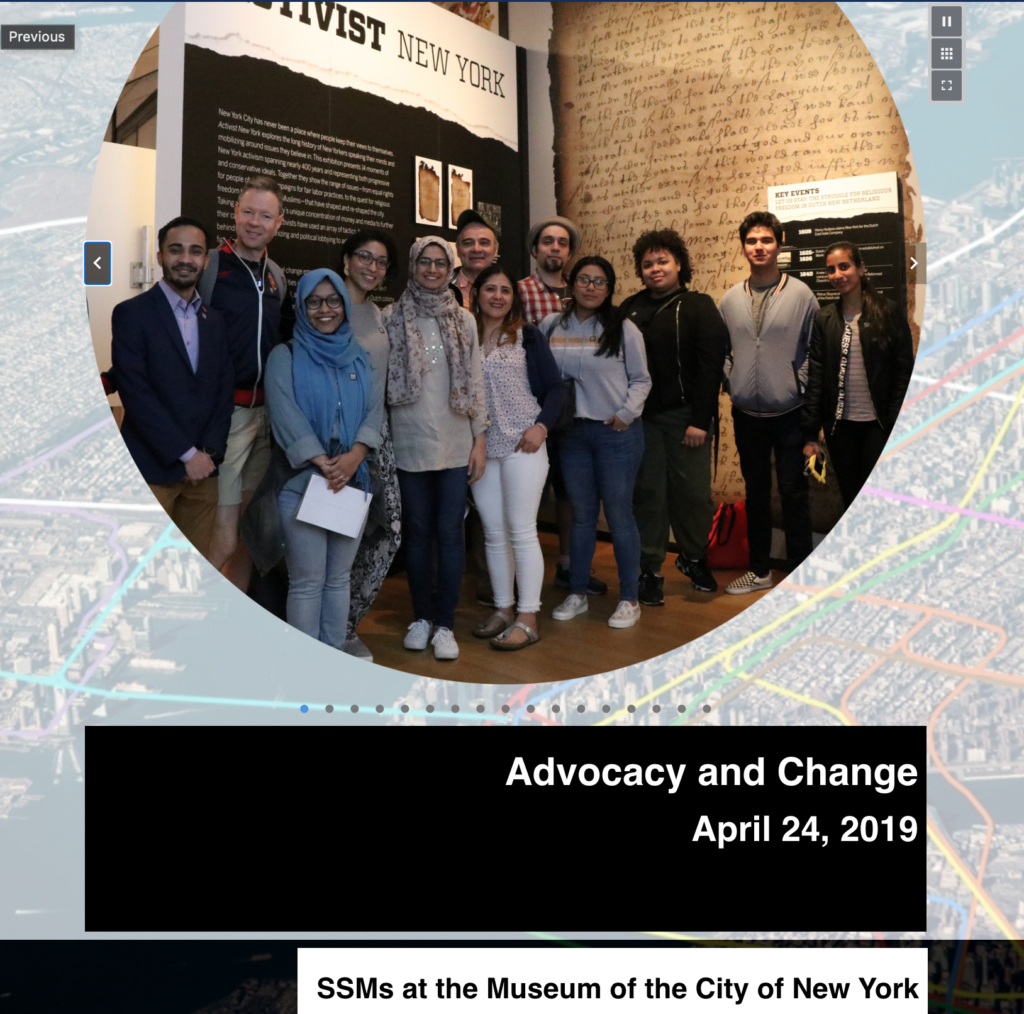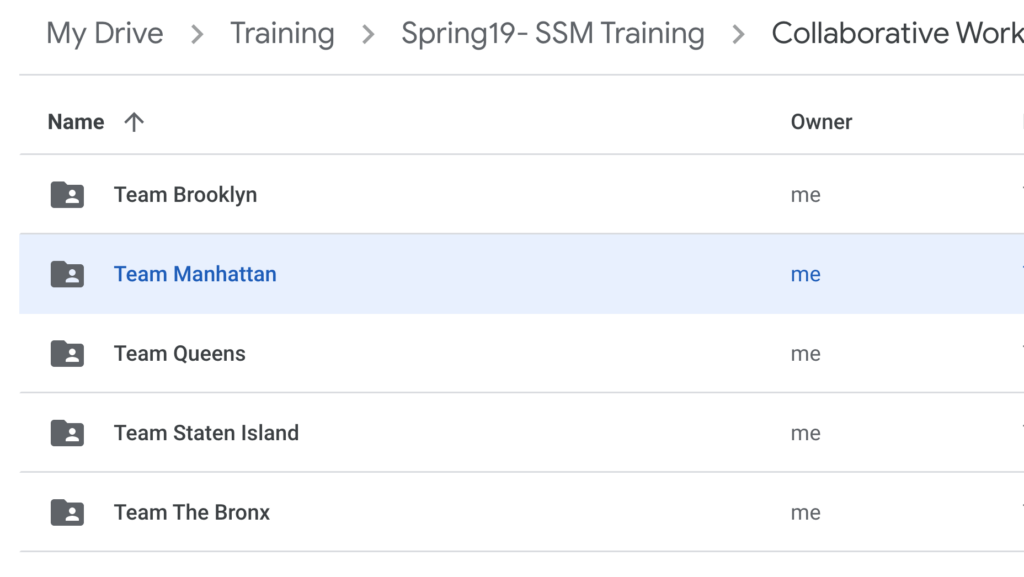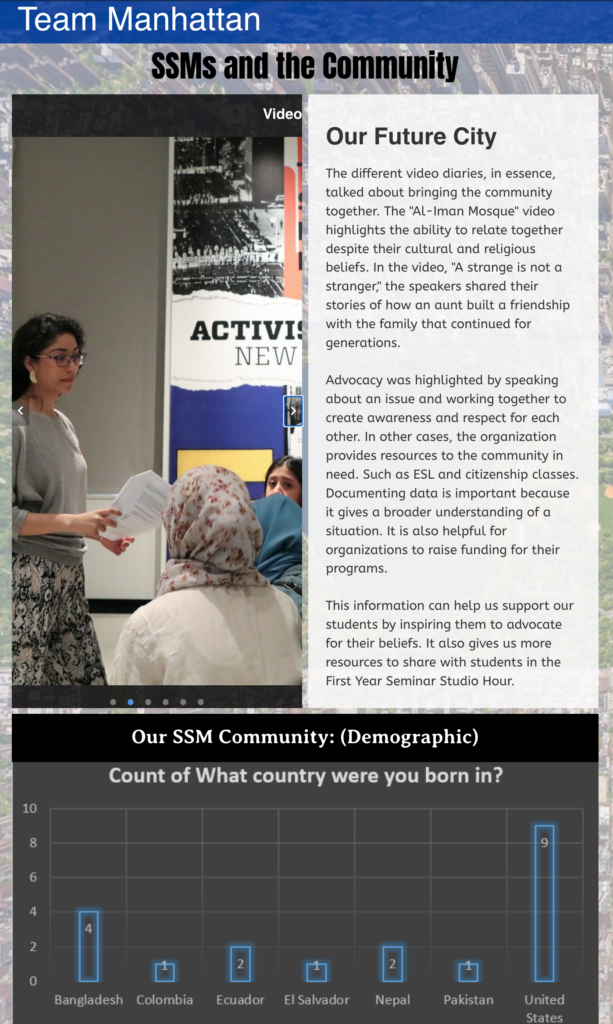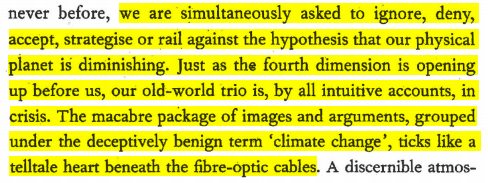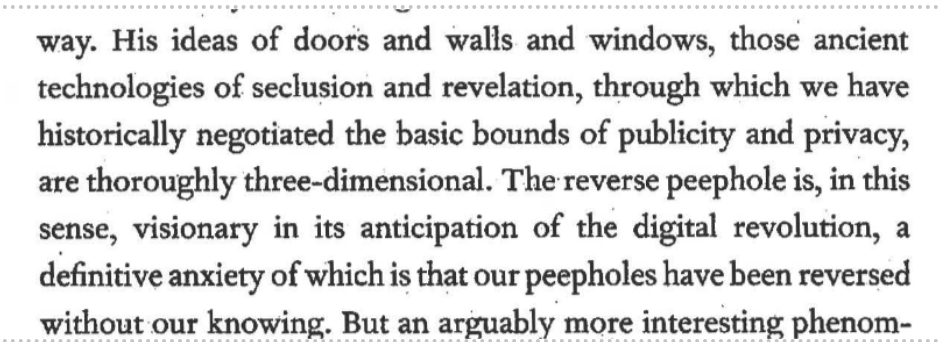Institutional Critiques with Student Collaborators
On November 13 I attended an online lecture hosted by DefCon featuring Dr. Anelise Shrout. Dr. Shrout discussed her pedagogical approach to her DH class focused on investigating the history of Bates college. She provided an overall framework and design of the course as well as specific examples of class activities that supporter her goals.
Dr. Shrout channelled her expertise in the 19th century origins of philanthropy to design a course that investigates Bates’s namesake whose donations enabled the founding of the institution. Bate’s has traditionally offered an origin story that centers on the abolitionist roots of its founders, yet no one had investigated the origins of the wealth that Bates used to fund the school. Through a variety of hands-on activities related to research, data capture, coding, and collaboration, Dr. Shrout empowers her students to investigate their own institution while gaining valuable insight and skills. Her ultimate goal is that students walk away from the class with a deeper understanding of the strengths and weaknesses of data and refined collaboration skills which can be used in any work they pursue. Specific tactical skills she bakes into the course include: ;
Her course included the following activities and pedagogical approaches:
- Transcription of 19th Century Records
(Skills Research and Critical Understanding of Data (how data is constructed, the implications of how they are structured and how this can hinder and help analyses)
Lessons in reading and writing 19th century handwriting, including practicing with fountain pens. In this case, students capture data as recorded in 18th century donation rosters of Bates College as well as purchase orders of Bates textile mill which fabricated cloth using cotton purchased from Southern slave plantations. Students are able to engage with the original data sources before it is scrubbed and tidy, helping them understand the complexity and imperfection of the resulting data. When digitally capturing historical data many educated guesses are baked into what might eventually appear as “clean data.” The fountain pen exercise helped students to connected in a more visceral way to the period the data originated from, and made their own educated guesses…more educated. - Maneuvering the Data
(Skills: coding, collaboration, data visualization and analysis with an awareness of the subjectivity of the data)
This phase in the course includes learning basic coding through exercises developed in Saturn Notebook, watching videos, and discussing in groups. Pairs then apply the specific functions learned to the data that was collected earlier in the semester—enabling students to put it into practice what they had just learned. Professor Shrout seeks feedback in each pairing session to understand if there are any snags, and invite students to consciously consider what is working, not working, or they could do better to ensure successful collaborations. Professor Shrout emphasizes trying and failing over perfection to remove any barriers to familiarizing ones self to the coding environment. - Asking Questions of the Data
(Skills: Critical Thinking (Data and History), understanding different approaches to the study of data)
Students are asked to consider what questions can be asked related to the data and beyond and then propose their own personal projects related to their inquiries and findings. In this case students learned that cotton is sold in bales which is equal to 500#—they may then ask why that means in relation to the actual physical labor needed to produce that much cotton. They may ask who else shows up in the data besides Bates (turns out many donors had ties to cotton, some of whom have streets on campus named after them) - Final Projects
(Skills: Collaboration, Critical thinking, aiming work at informed civic action in pursuit of social justice)
Students then design projects that encapsulate their findings and bring them to life in ways that they deem appropriate. Some amazing examples were infographics related to the founding donors posted around the campus; a student survey investigating if knowing the ties to southern cotton if students would’ve still applied (they would’ve, and in fact claim they would be more eager if the institution was forthcoming with that information—these findings were shared with the schools leadership). Shrout also shared that a student approached her a year after they had taken the course to voice interest in using the skills she had developed in the class to investigate a sensation of feeling less are on campus. This included discussing with a critical lens what types of data could be used to this end and its shortcomings (eg. Campus police records).
Throughout the course Shrout also offers readings that intersect with the issues that arise related to DH and its intersection with feminism and white supremacy. Some of the readings she mentioned include Katie Rawson’s and Trevor Muñoz’s Against Cleaning, D’ignazio’s and Klein’s Data Feminism, Marisa Fuente’s Dispossessed Lives, Jessica Marie Johnson’s Markup Bodies, and Craig Steven Wilder’s Ebony and Ivy: Race, Slavery and the Trouble History of America’s Universities.
Shrout also generously offered her class outline which she adapts to her specific intentions as the class evolves. She emphasized that she at times had skeptics in the classes—students initially more interested in coding and computer science and those who were intimidated by it. She is careful to emphasize critical thinking skills as the hero of the course to appeal to both coders who think they won’t learn much and allay the fears of the coding-shy.
The lecture was inspiring and inspired, and I fully regret not broadcasting it to our cohort as it aligned perfectly with our current readings and class discussion. Professor Shrout really brings DH to life for her students by putting it to work on a subject that directly impacts them and in a way that empowers them to find their own critical and creative voices within it.

